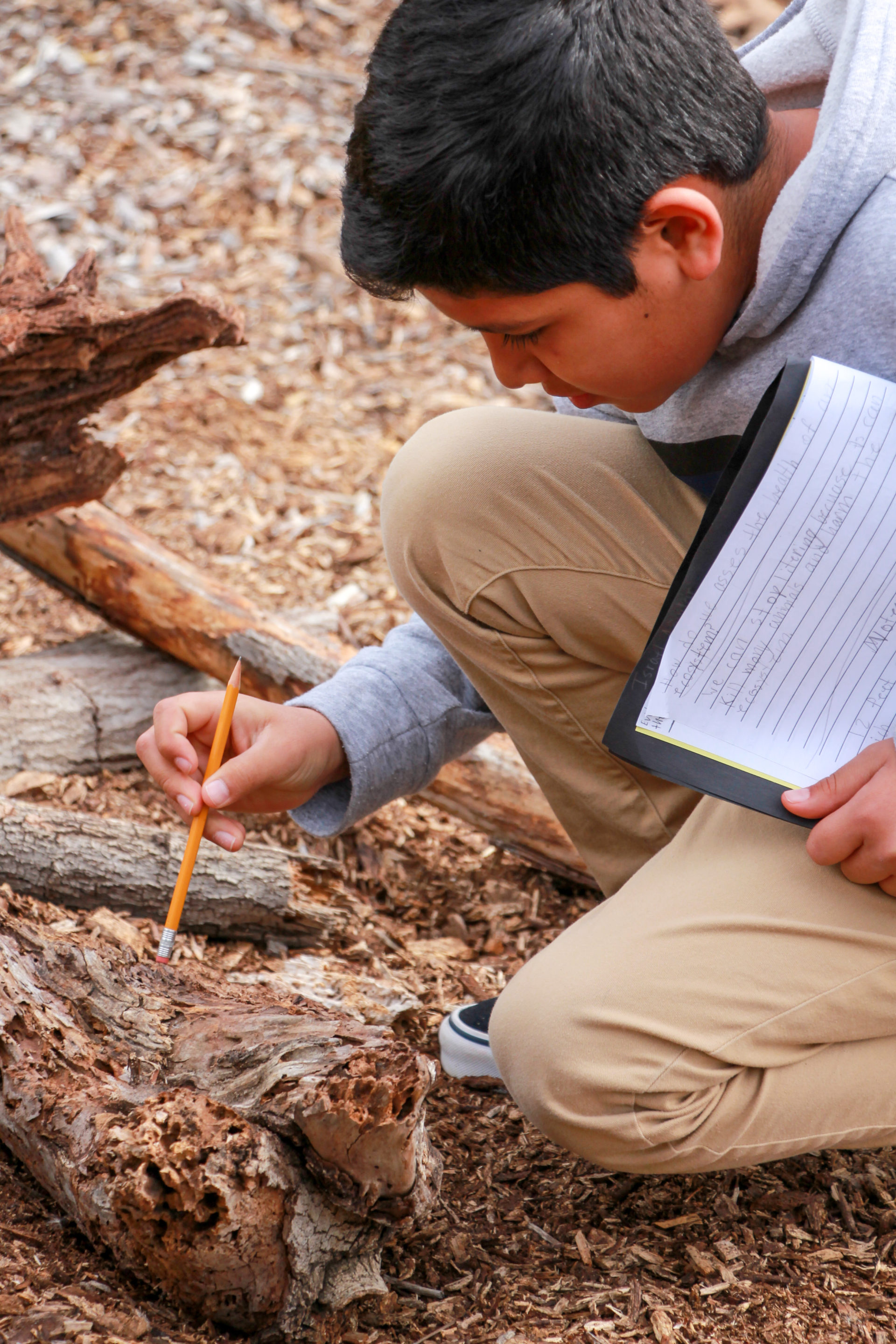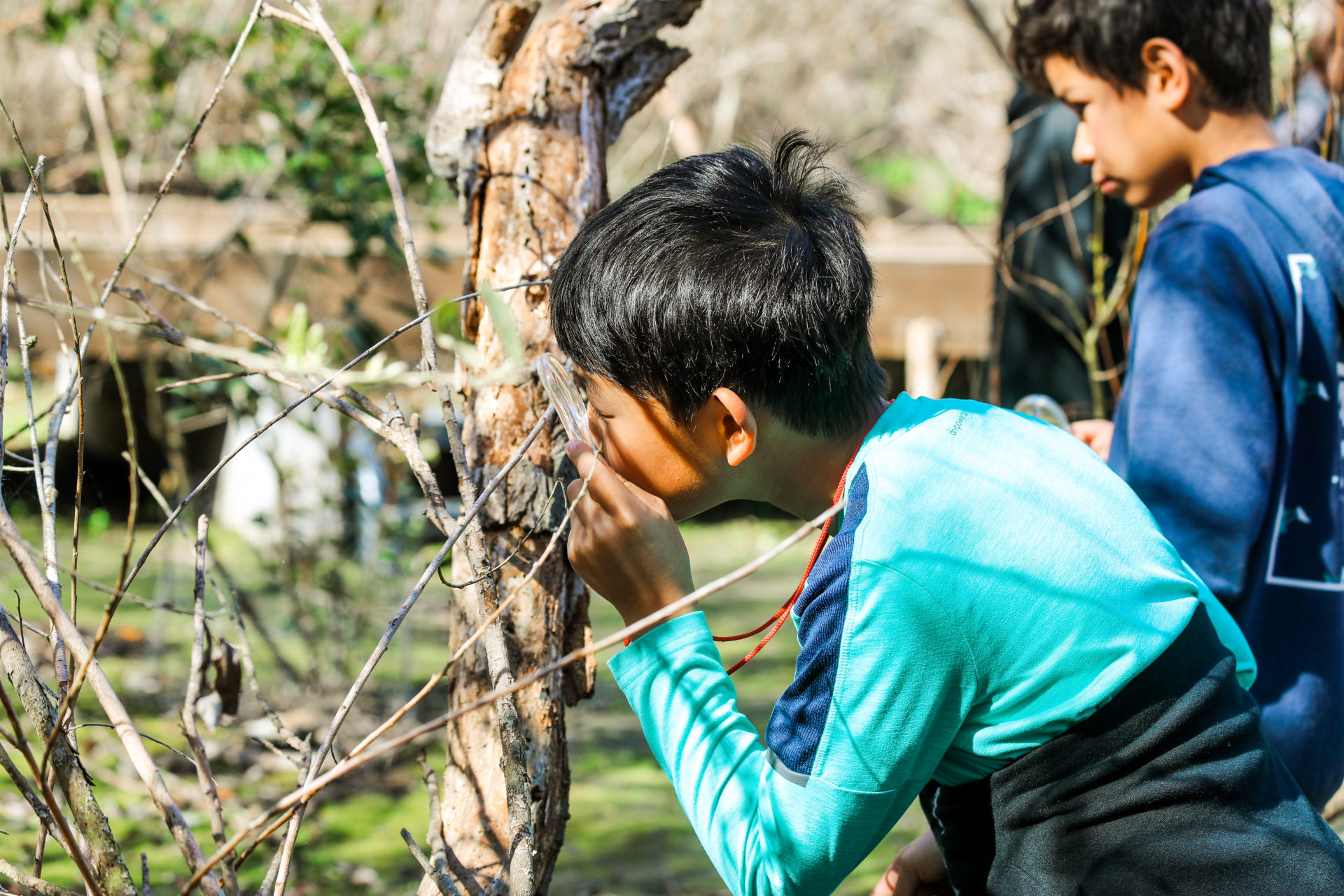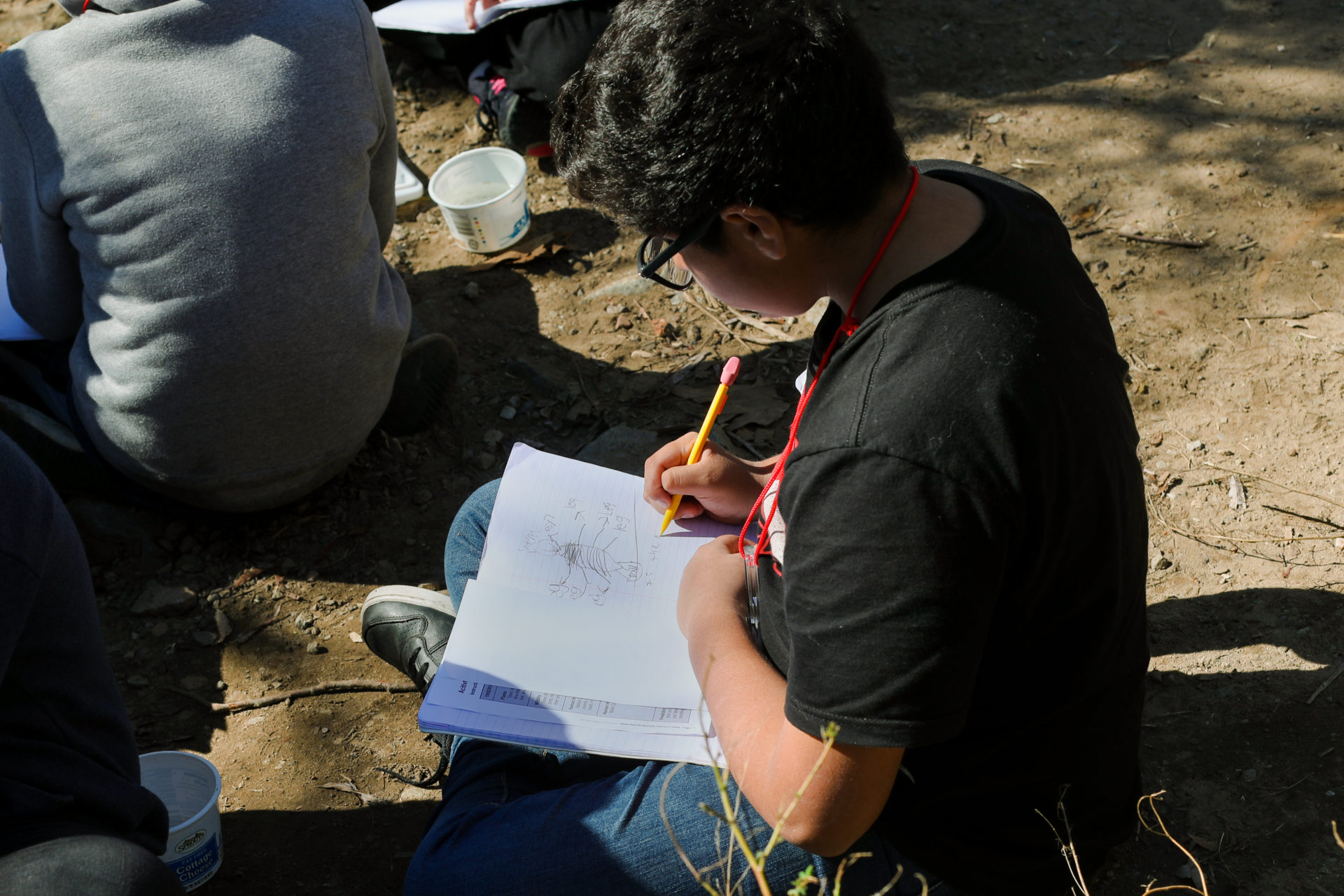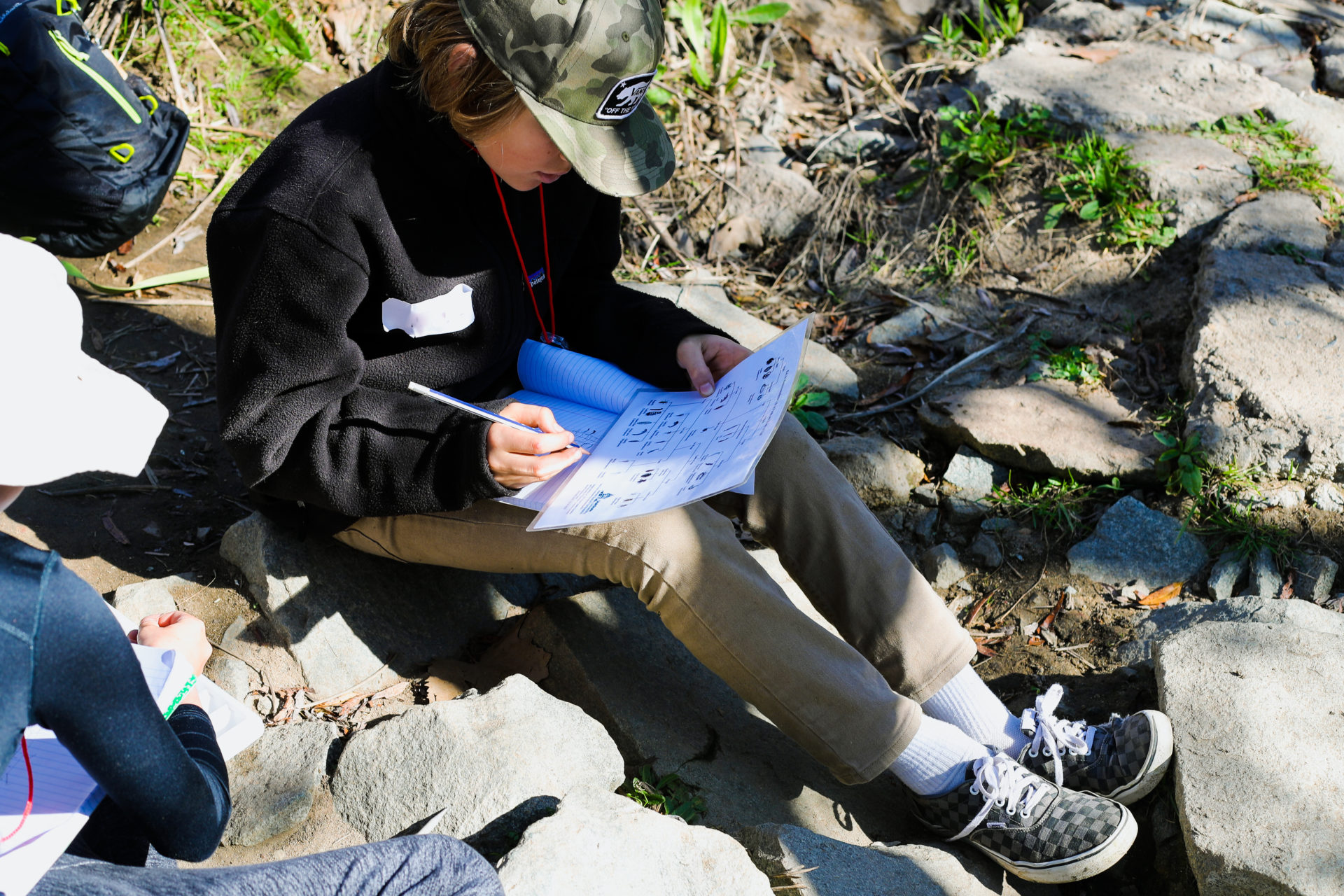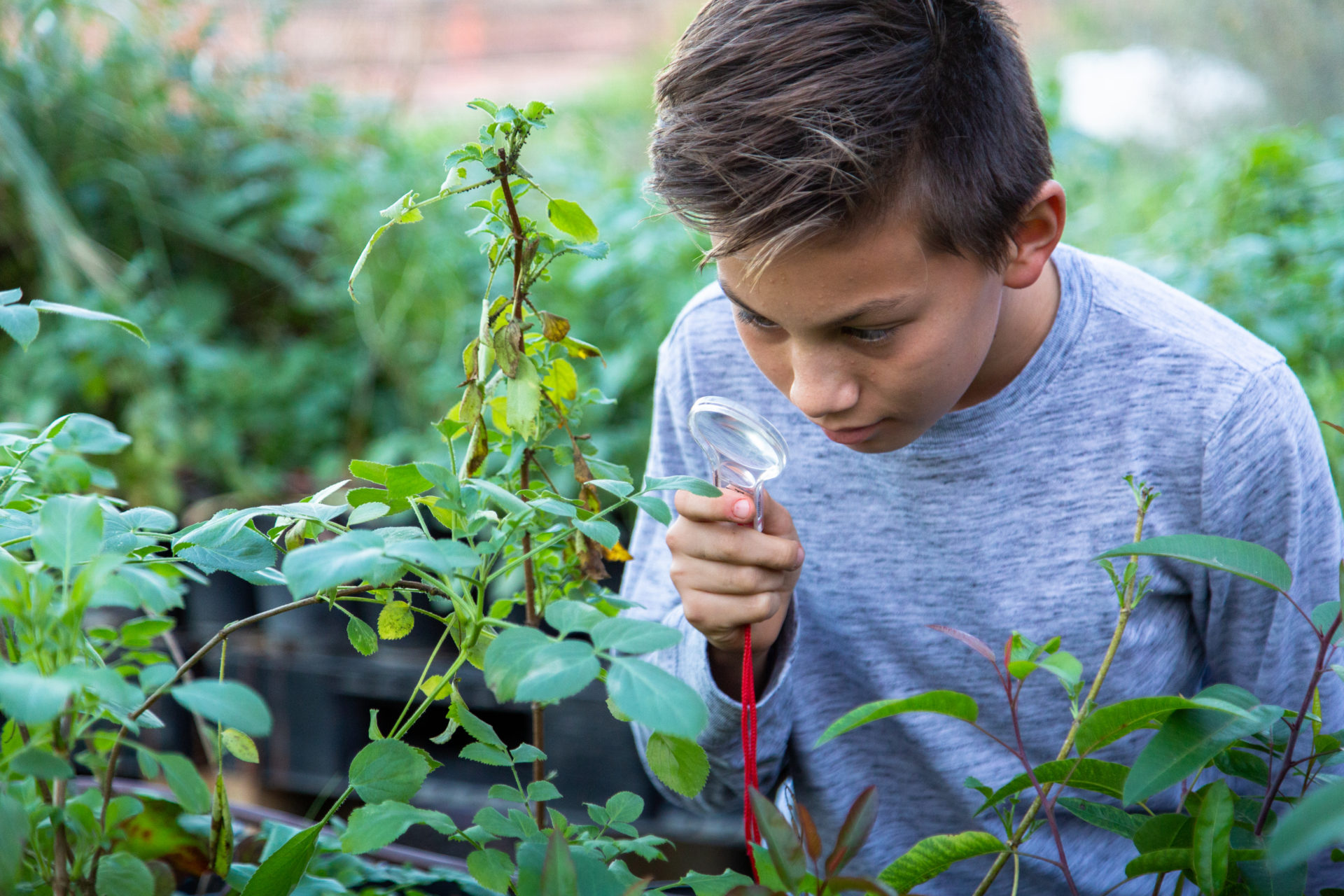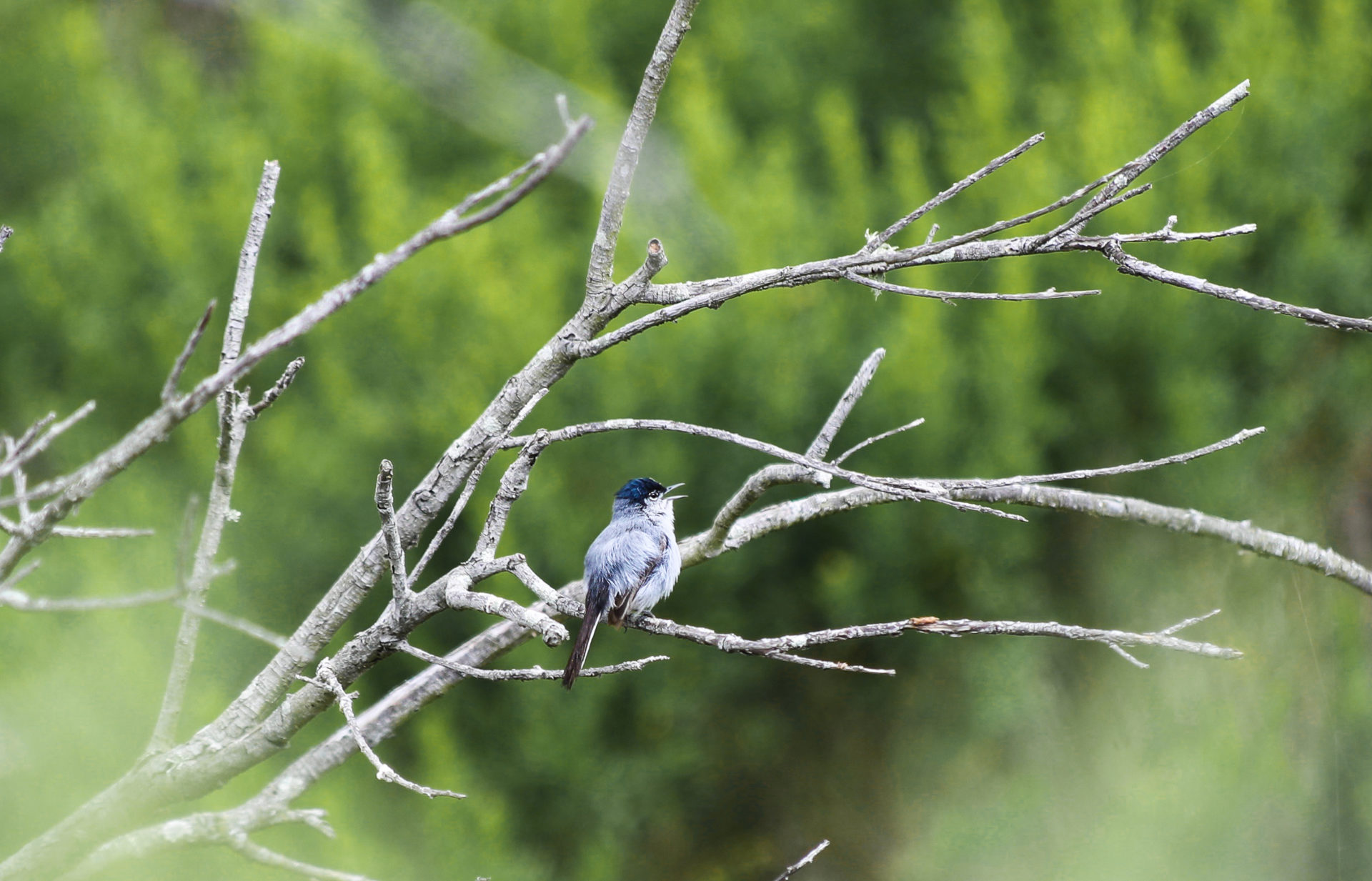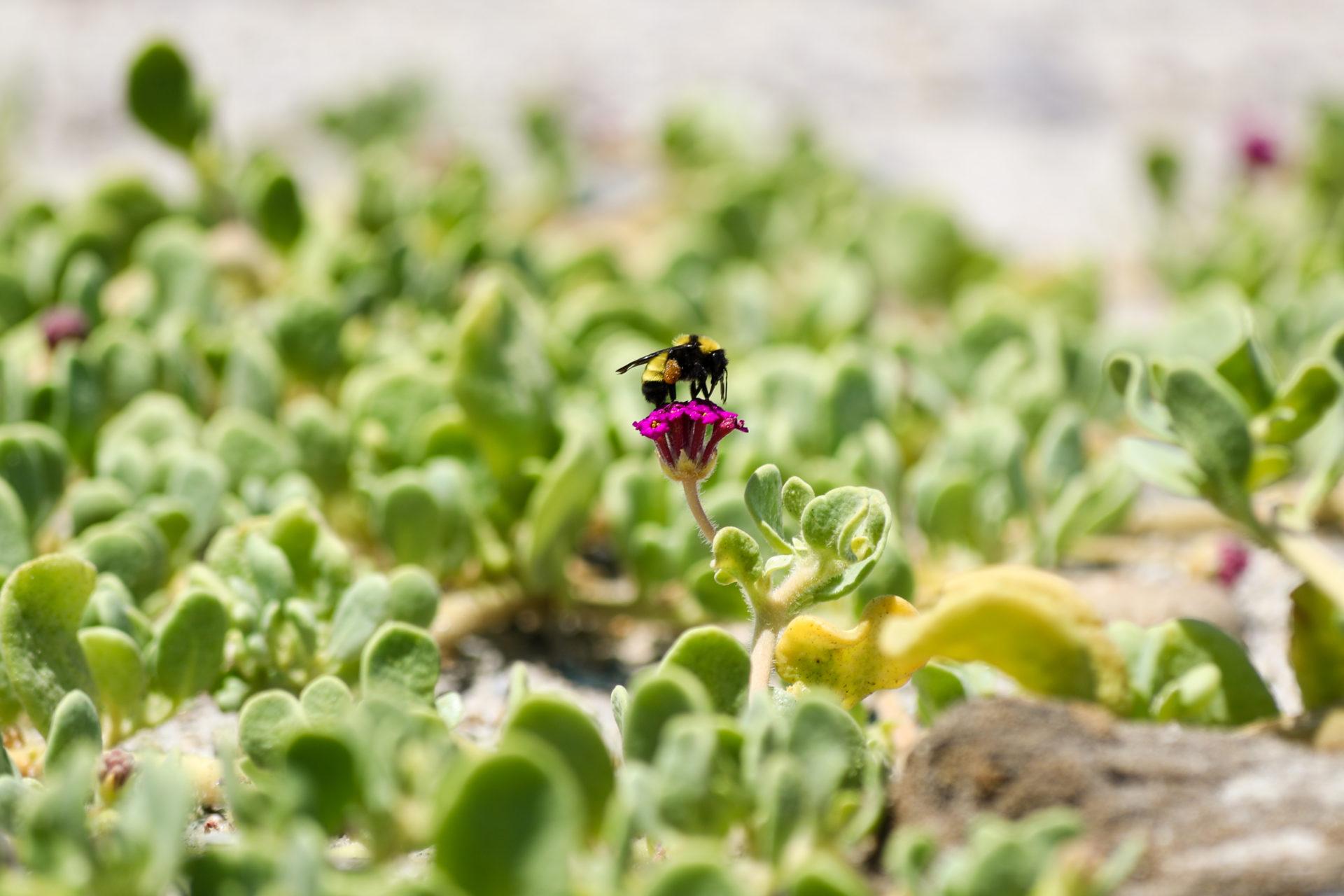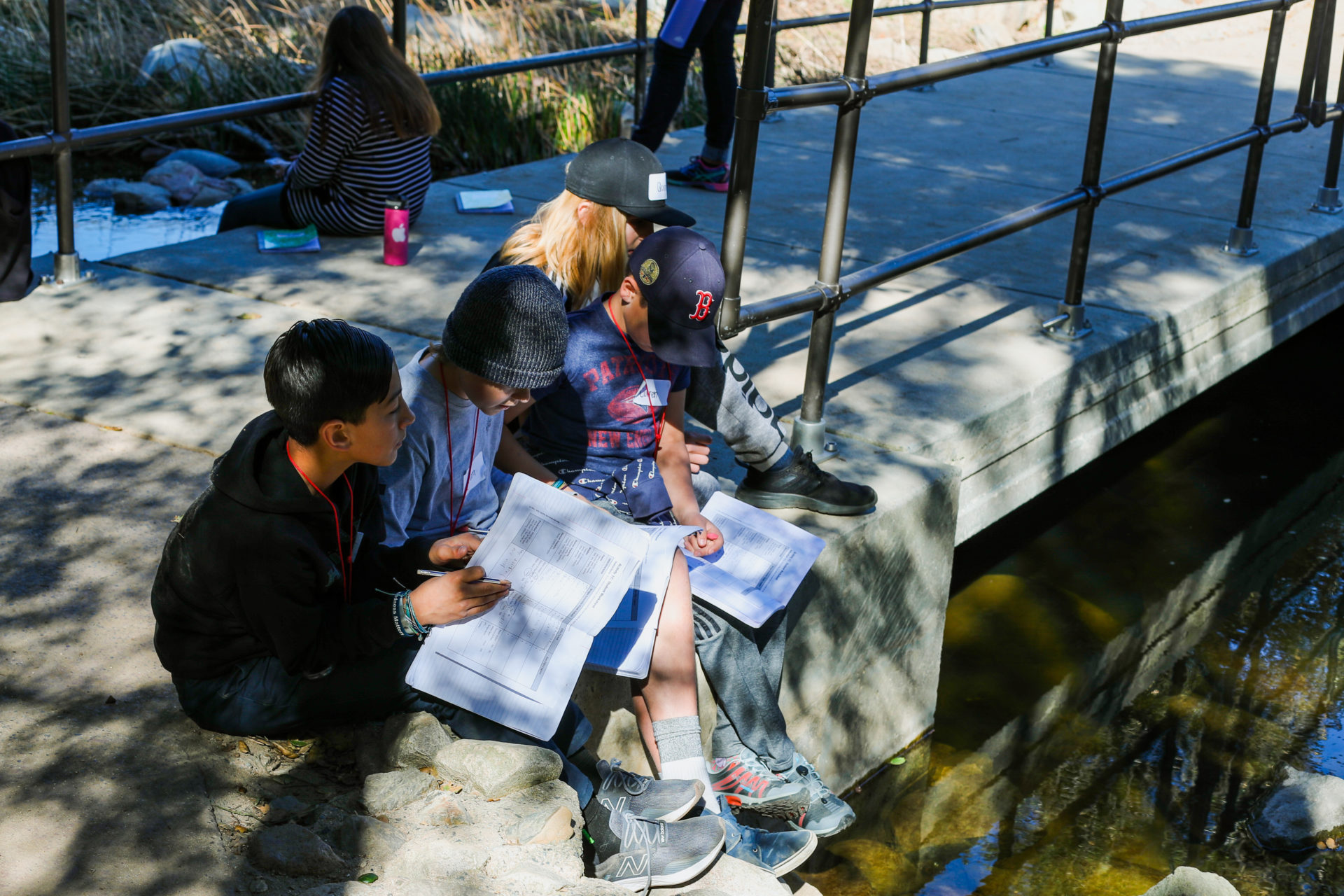Opening the World of Science Through
Nature Journaling
Inspire students to engage with nature–and extend their excitement to their community and beyond. These virtual lessons apply science practices and ignite curiosity about the world. These discovery and exploration activities are perfect for in school or distance learning environments. Teacher guides, videos and student worksheets are all included in these free, downloadable resources. Students develop observation skills and learn concepts that help them understand the many interactions in nature, and the role we play in maintaining healthy ecosystems. As a result, students are empowered to care for the environment within their watershed and local communities.
How Our Virtual Lessons Work
The goals of this Nature Journaling Series are to improve students’ observation skills, provide opportunities for them to engage in science practices, and strengthen their connection to the natural world. The series includes three introductory lessons that lay the groundwork for nature journaling, and an additional five lessons using different approaches to observation that challenge and engage students to ask questions and make conclusions using higher level thinking skills.

